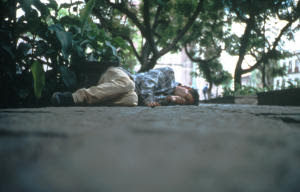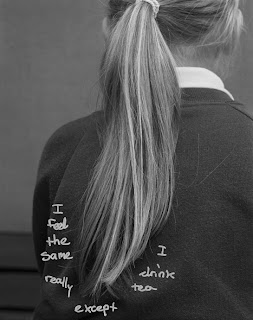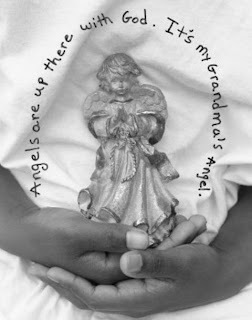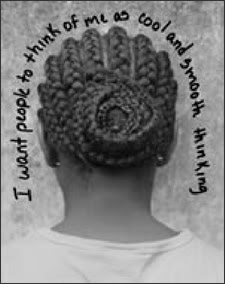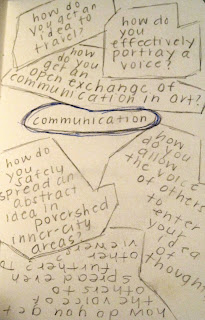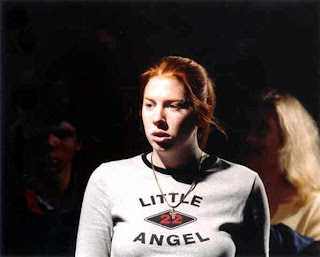Artist Entry #1
September 6, 2010

Garry Wiongrad

Although Garry Winograd is not a contemporary artist (lived 1928-1984) I chose to feature him because I feel like the topics in his work relate to some of the topics I would like to deal with in senior portfolio. A lot of Winograd's work is shot in a black and white, gritty, very stylized way, which is not at all how I would like to broach the subject. I still felt like it was necessary to explore his work because the themes overlap so much. Some of Winograd's work deals with close up views of sex and drugs in youth. He began working with women, street scenes, and animals and progressed into darker images of youthful drug addiction in the American Heartland. Winograd shot without a theme, concept, or a direction... he shot what was interesting to him. In this fashion, his work jumps all over the place, but it is his "darker" work that really interests me. In my work, I would also like to explore these darker issues in youth, so his work really pertains to my current level of thought.
Winograd's background was in painting. He was a painter who was "always seduced by cameras" and when he stumbled upon a darkroom at the school where he was taking painting classes (Columbia University), there was no going back. He began in advertising photography and in the commercial world, then moved onto teaching and focused on his personal artwork. Many have referred to Winograd's style as "street photography with a snapshot aesthetic" and to that Winograd rolls his eyes. He says he is a still photographer, and all other classifications are stupid. The way Winograd goes about choosing his subject matter, location, lighting, etc is interesting to me and a bit annoying actually. In interviews, any time he is asked about his technique, how he makes his photographic decisions, etc, his answers are always the same. He doesn't chose subject matter, he just looks for whatever's interesting and if it isn't interesting.. he questions why. He uses a Lieca because he prefers them, but whenever looking at photographs (his or anyone elses) he never tries to think about what they used, or how they did it. He says the how isn't important. When asked how/why he makes his images complex while putting humor in them he says it isn't that complicated and this is why he "never wants to get involved" with those kinds of questions. The way he seems to plan (or not plan) his work is interesting to me. Not my style, but intriguing nonetheless.

Quotes from interviews:
(He was just told he is referred to the central photographer of the generation)
"What has it got to do with working? When I'm photographing, I don't have that kind of nonsense running around in my head. I'm photographing. It's irrelevant in the end, so it doesn't mean a thing. It's not going to make me do better work or worse work as I can see it now."
Source: Diamonstein, Barbara . Visions and Images: American Photographers on Photography. New York: Rizoli, 1982. Print.
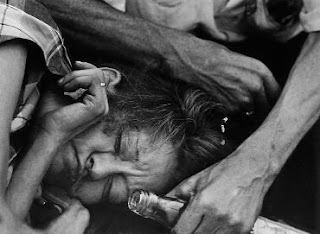
"I don't have anything to say in any picture. My only interest in photography is to see what something looks like as a photograph. I have no preconceptions."
Source: Resnick, Mason (1988). Coffee and Workprints: A Workshop With Garry Winogrand. Originally published in Modern Photography, June 1988. Republished online by Black and White World.
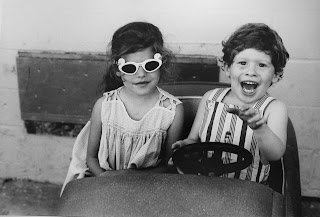 Links:
Links: Website (Garry Winograd died in 1984...kinda before artist's website era.. so this is a link to his page on the site of the gallery that represents him.)


